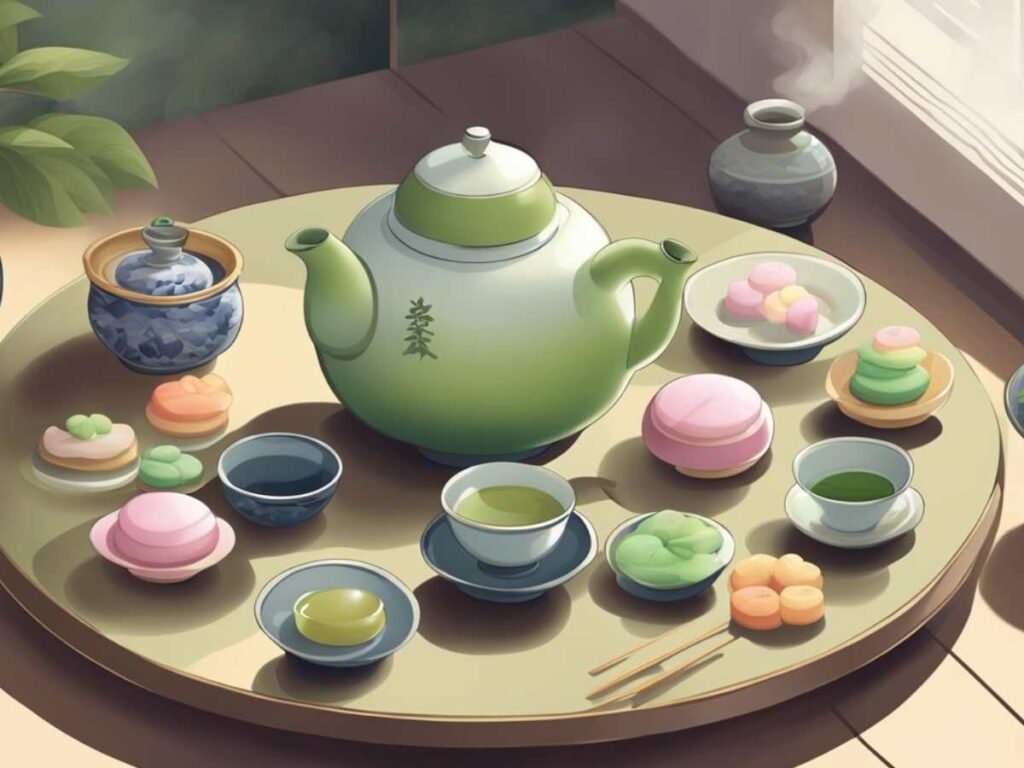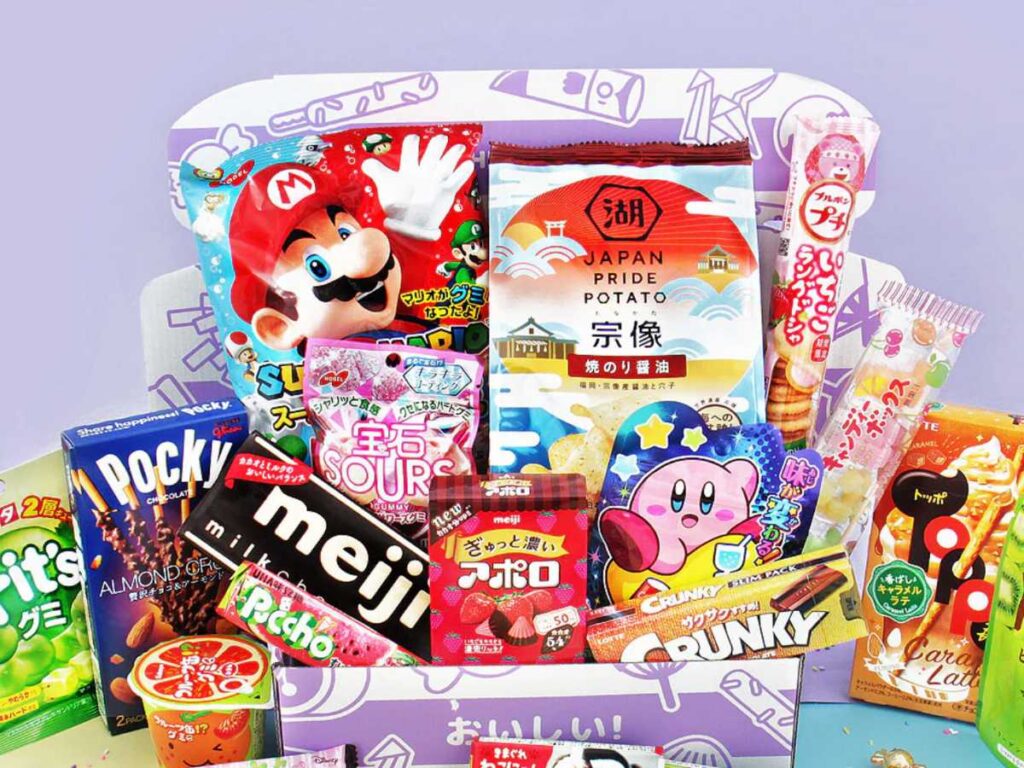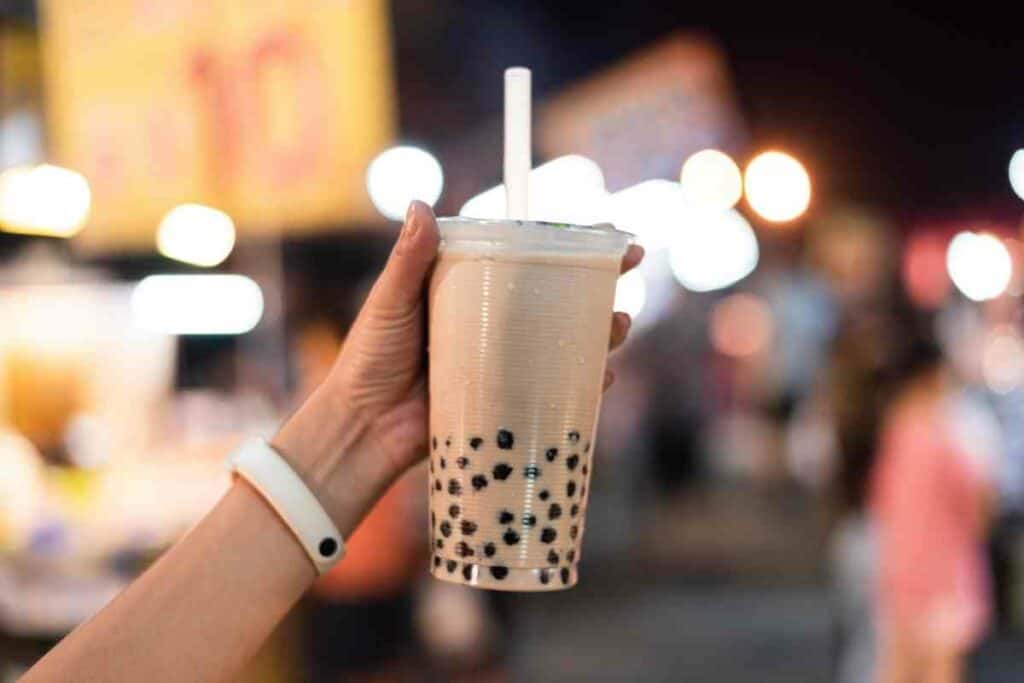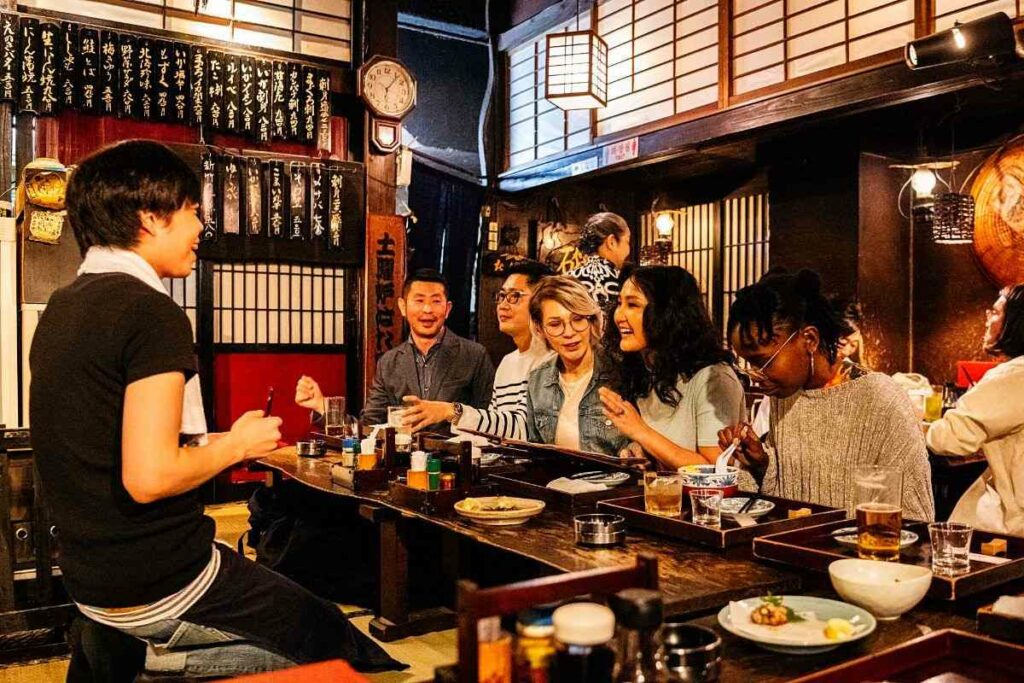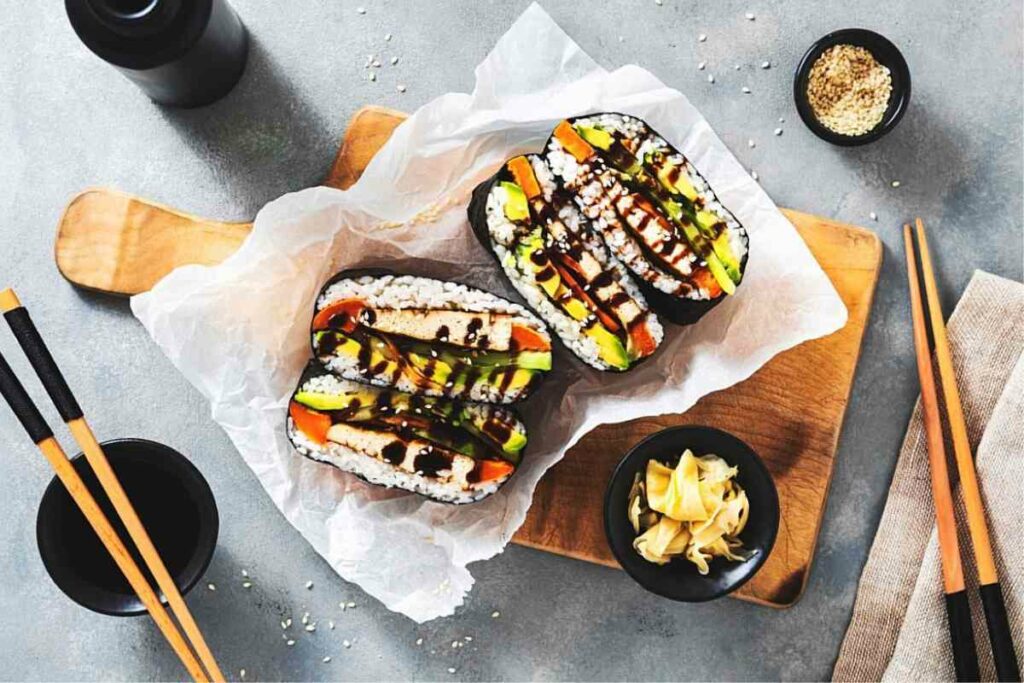Raw eggs farmed and produced in Japan are perfectly safe to consume.
Japanese chickens are routinely examined and vaccinated against bacterial illnesses. Even though raw eggs are healthy, there is still a risk of salmonella bacteria harming you.
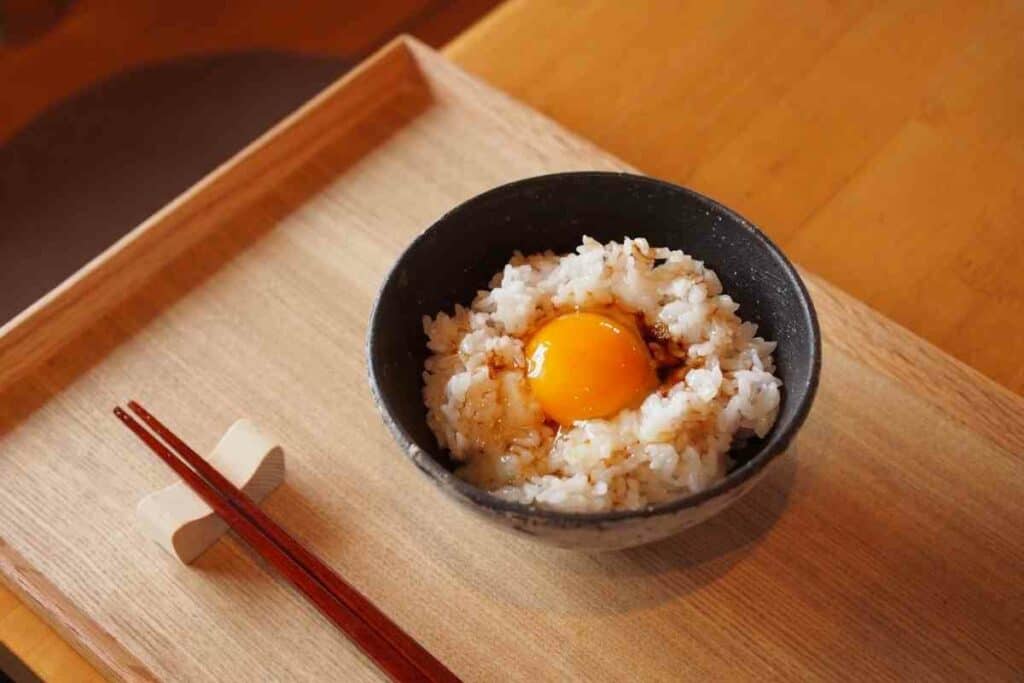
Salmonella bacterium is the most common cause of concern with raw eggs worldwide as it can cause food poisoning or even death in extreme cases.
However, Japanese people continue to consume raw eggs despite this risk since Japan’s production, washing, and selection are highly stringent.
Every Ten Years – The Ministry of Agriculture in Japan performs tests to evaluate the prevalence of salmonella bacterium infection. They carry out these tests by collecting commercial eggs from grocery shops around the country.
Table of Contents
How Are Japanese Eggs Safe To Eat Raw?
A lot of regulation goes into maintaining the safety and quality of each farm to keep chickens safe from infection.
Also, egg farms in every prefecture of Japan employ a generational approach.
This is a precautionary measure taken so that if an egg is tainted, it is possible to trace it back to the precise farm.
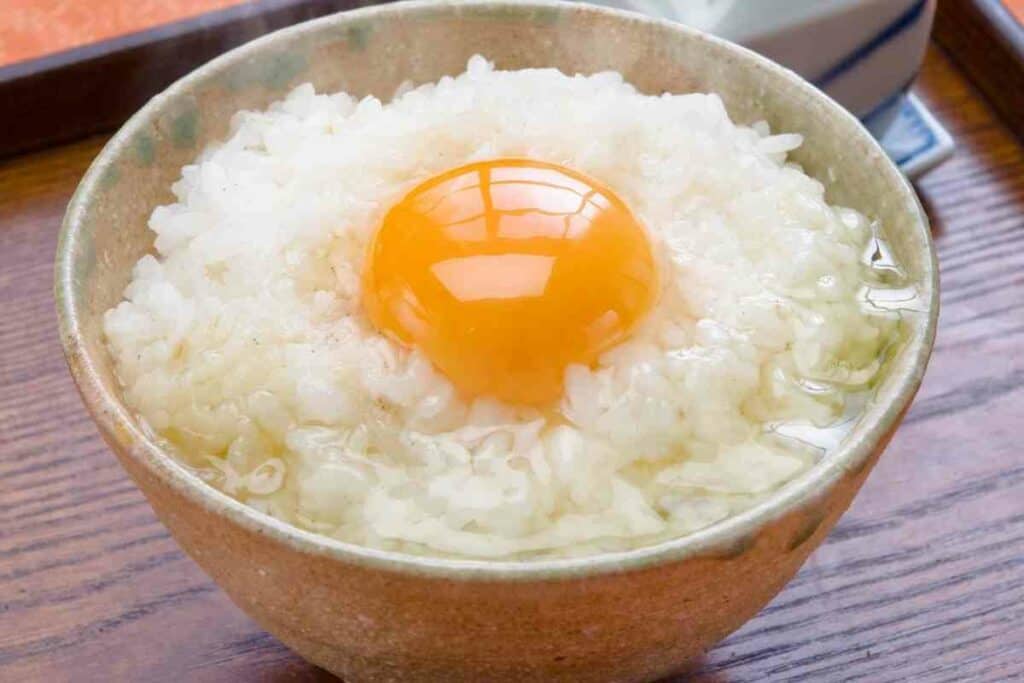
A Japanese chicken farm is more modernized, with entry restrictions. They take extra care to keep insects, wild birds, and animals away from the farm.
Before entering the chicken coop, all farmers and workers change into uniforms.
From the moment they are chicks, the chickens are fed with healthy and nutritious foods.
A particular diet of feed is supplied to the hens to keep them healthy, which helps them produce superior eggs rich in vitamins.
After hatching, the eggs are collected, washed, inspected for quality, sorted by size, packaged, and sealed in a carton by high-tech equipment and machines.
Keep In Mind – In addition to tight manufacturing, Japanese eggs usually have a “best before” date but no “expiry date.” However, people can still consume the eggs after the “best before date” expiration as long as they are stored properly.
The standard mandate is that each egg manufacturer includes an expiry date for flavor rather than an expiration date for consumption.
The flavor expiry date is the time limit for consuming raw eggs. When the egg flavor expiry date passes, the eggs should be cooked.
If eggs do not meet these requirements, they will not be sold. However, if they are to be sold, they must be labeled with a warning.
Lastly: All eggs are usually carefully packaged in containers with no human hands touching them. Before distributing in stores, all eggs go through a series of tightly controlled phases.
How The Japanese Machine Ensures Raw Eggs Are Safe To Consume
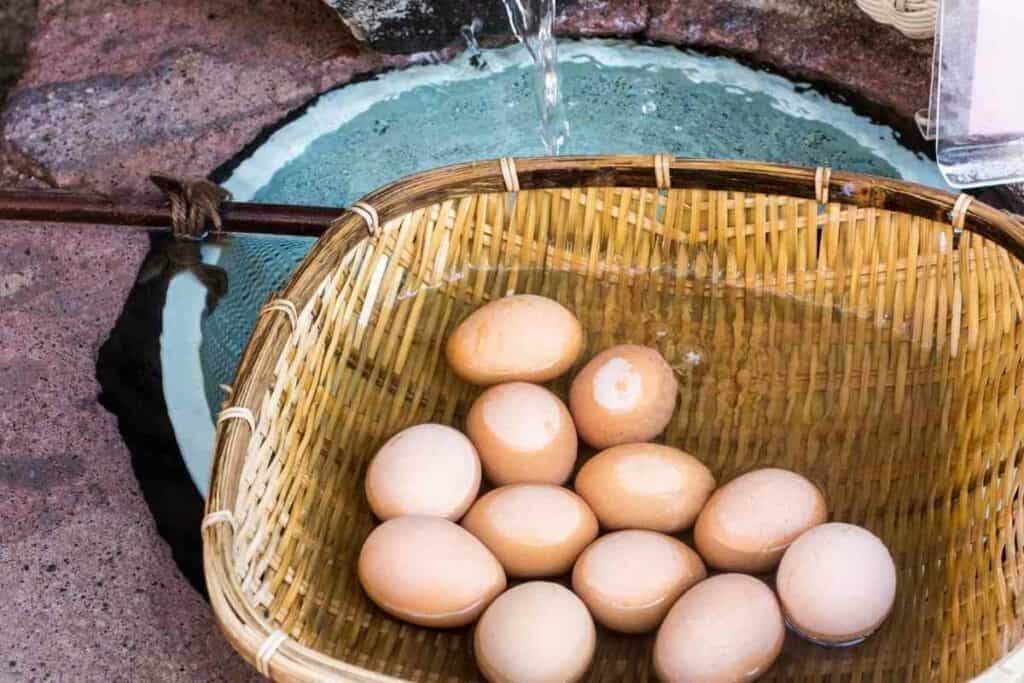
Step 1: Cleaning the Eggs
The first thing the machine does is clean the eggs.
Before this, the machine aligns the eggs facing the same direction.
Twelve unique brushes then spin at high speeds, cleaning away every last trace of dirt and dust from the eggs.
After that, the machine utilizes air jets and 11 drying brushes to remove the water, and three propellers finish the drying process.
Step 2: Checking for Cracks
The machine then inspects the shells for any cracks.
It has sixteen hammers weighing under 0.8 grams that gently tap the eggs as they move over a roller conveyor belt.
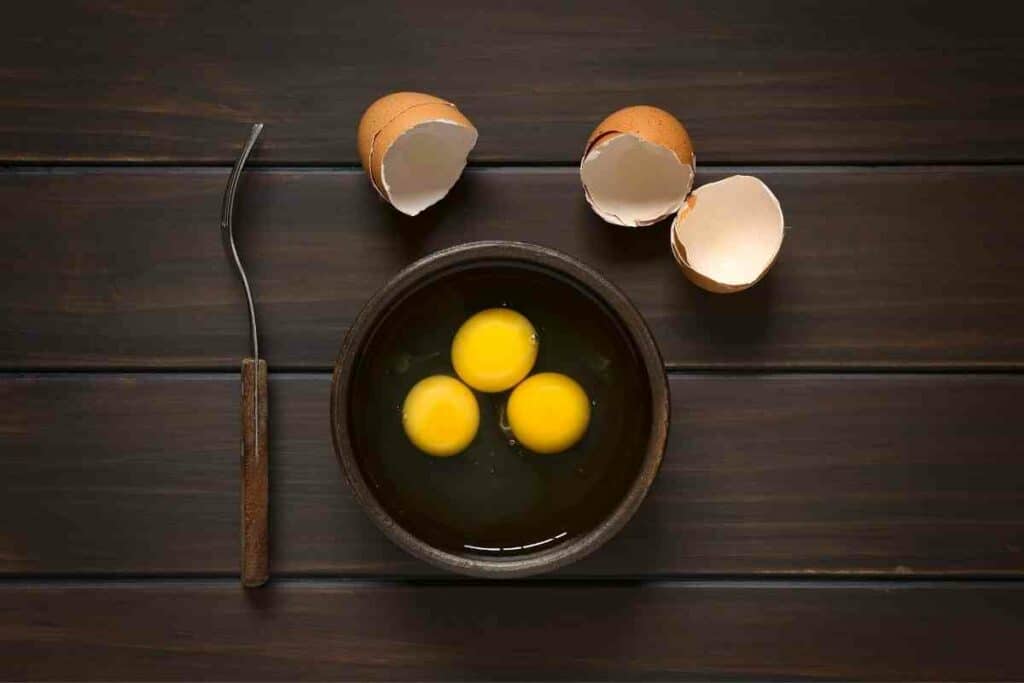
If the egg makes an unmistakable “tock” sound, it passes the test and has no cracks. However, if the sound is muffled and poor, there may be issues.
After checking for cracks, the machine inspects the eggs to ensure no dust and screens for bloodspots.
It does a spectroscopic examination of light as it passes through the shell, looking at the wavelengths to determine if the blood absorbs any eggs.
Step 3: Weighing and Sorting
Lastly, the eggs are weighed and sorted by size.
The machine constantly monitors the number of eggs in each region.
Once a large number of eggs in a specific size category have accumulated, the device zips over and sucks up enough eggs to fill six bundles of ten.
It places the eggs in their cartons and closes the packaging to be shipped.
This complex machine’s job is to equalize the egg’s position so that the yolk does not contact the shell, clean the eggshell of all forms of dirt and germs, and inspect the egg for cracks or bleeding spots.
Why Do Japanese People Eat Raw Eggs, And How Do They Eat Them?
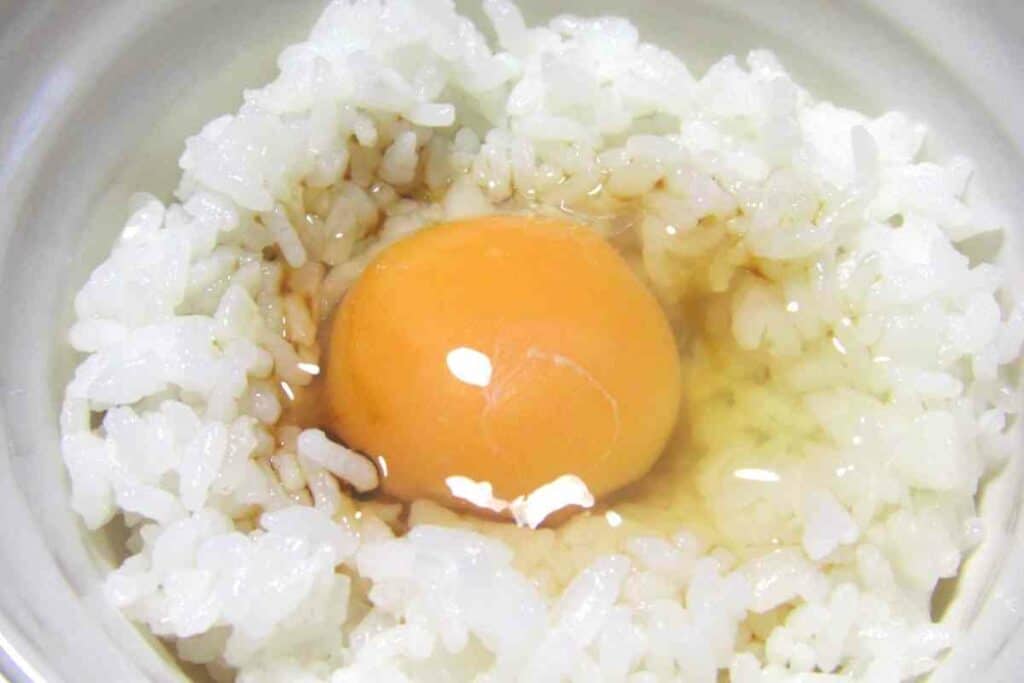
Believe it or not, raw eggs are extremely healthy and are packed with:
- protein
- vitamin A
- vitamin D
- lutein DHA
- omega 3
- potassium
- vitamin B
- and iron
According to a study, cooking egg yolks helps your body absorb protein more quickly, but it also decreases the quantity of vitamin A, vitamin D, and vitamin B by around 20-30%.
If you consume raw eggs, you will absorb 100% of the vitamin B.
As a result, raw egg yolk contains more nutrients than cooked egg yolk. This is one of the reasons why the Japanese like eating raw eggs.
However, semi-cooked eggs also have a high absorption ratio of egg protein of 97%. Therefore, you can still enjoy almost the same nutritional value if you eat soft-boiled eggs.
Try If You Can: Rice with a raw egg and soy sauce is a typical dish among the Japanese. They frequently dip Sukiyaki meat into a beaten raw egg or natto mixed with raw egg.
Are Japanese Eggs Different?
Japanese eggs are not different; they are the same as any other eggs.
However, the yolks are occasionally orange or red. Japanese people believe that a brightly colored red or orange yolk is healthier and more nutritious than a pale yellow egg.
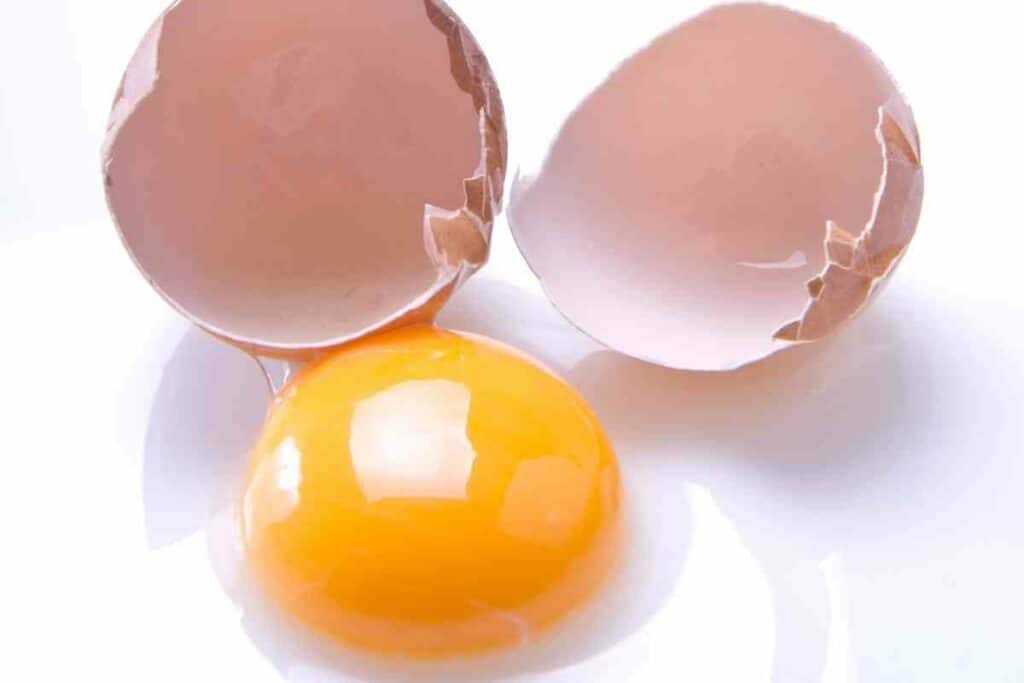
This is because the color of the yolk is mainly influenced by the feeds that the chicken eat.
Those that hatch eggs with orange yolks feed on maize, carrots, or Carotene-rich foods such as:
- peppers
- carrots
- chili flakes
- and paprika
It is also worth noting that chicken-fed chili has stronger resistance to bacterial illness, although they may pass on chili flavor to their eggs.
Other ingredients that might help color the yolk orange are marigold and rose petals.
It is also possible to find eggs with creamy white yolks. This mainly occurs when the chickens are fed with white corn or rice.
The feeds also influence the thickness and markings of the shell.
Most Japanese eggs tend to have light-colored markings and do not crack as easily as other eggs.
Final Thoughts
Eating raw eggs without frying them is frowned upon in other countries due to the danger of salmonella or other pathogens.
In Japan, they inspect the eggs thoroughly to ensure they are safe to consume uncooked.
Also, plenty of institutions strictly govern the production and sale of Japanese eggs at every stage.
Thus, Japanese farmers are incredibly vigilant and cautious regarding egg production and distribution.
Read Next
- Japanese Traditional Sweets (Wagashi): A Guide to Their Origins and Varieties
- A Taste of Japan in Every Bite – Japanese Candy & Snack Box Review
- Bubble Tea vs Boba Compared: What’s the Difference?
- Best Izakaya Foods for a Relaxed Night Out (My Top 10 Picks)
- Edo Kiriko Whiskey Glasses (Japanese Heritage in Every Pour)
- Japanese Viral Foods on Social Media (Discover the Top 10)

